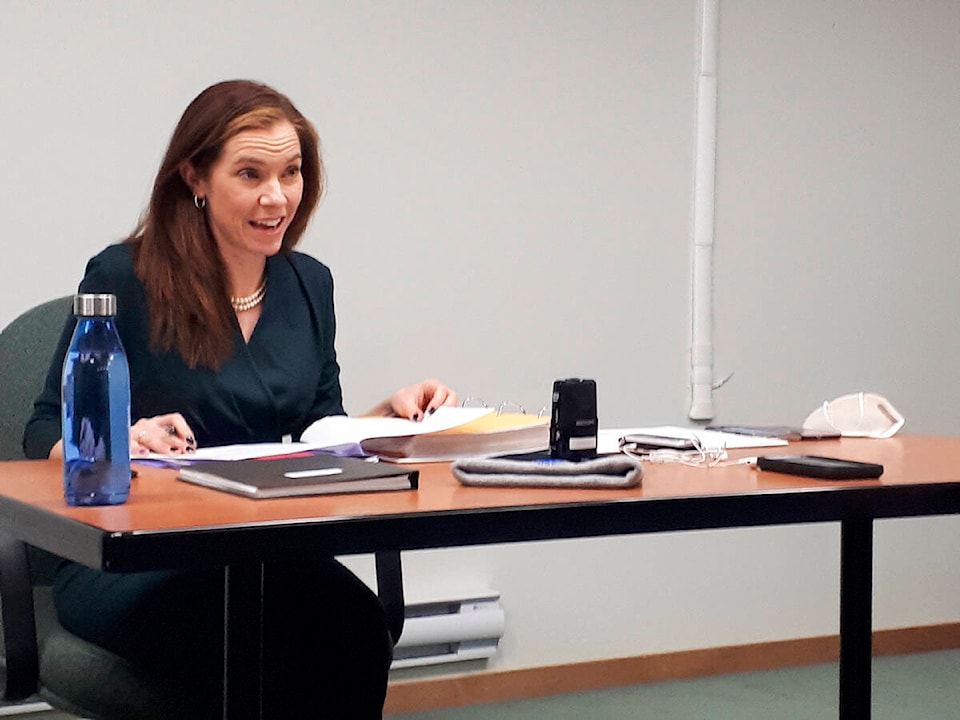The NWT’s finance minister says she is “optimistic” about the territory’s financial situation after releasing a budget with no new taxes or major service cuts and significant new federal investments.
In its 2022-23 budget, unveiled on Feb. 22, the GNWT is projecting a $130.5 million operating surplus, a significant increase over the revised 2021-2022 estimate of about $27.9 million. This is due in large part to new federal investments in the territory.
In presenting the budget to the Legislative Assembly on Feb. 22, Minster of Finance Caroline Wawzonek said the budget “is not flashy, but it offers stability in a time of continued adversity.”
“Bold does not necessarily always mean easy or popular,” she said. “Nor does it always mean ‘immediate.’”
“Changing an organization the size of a provincial or territorial government takes time.”
“Our fiscal outlook has improved from this time last year,” Wawzonek told the media during a briefing prior to the budget’s unveiling.
The Covid-19 pandemic continues to pose challenges to the territory’s finances: After federal and territorial supports are taken into account, the GNWT estimates the pandemic cost the territory $33 million in 2020-21, and forecasts the pandemic will cost $23 million in the 2021-22 year.
Much of the cost of the pandemic is offset by federal investments, including significant new investments in the aviation industry: About $14.8 million for 2021-22, which adds on to the $31.9 million the territory received in 2020-21. The territory’s Department of Health and Social Services also received an additional $8.3 million in federal funding for 2021-22.
Despite the significant new revenue, the territory’s debt is projected to continue increasing, approaching but not exceeding its federal debt limit of $1.8 billion by 2026. At the end of the 2020-21 fiscal year, the territory’s debt stood at $1.25 billion; by the end of the 2025-26 year, this is projected to increase to about $1.74 billion, leaving a cushion of just $58 million in the territory’s borrowing limit. The territory’s borrowing limit was last increased by $500 million in 2020.
This growing debt is due in large part to significant investments in major infrastructure projects, including $12.2 million for the Tłı̨chǫ All-Season Road project and $150.2 million towards the territory’s highways, winter roads, and related transport infrastructure.
When asked if she foresaw the territory asking for another borrowing limit increase in the near future, Wawzonek said “I’m going to go out on a limb and say, ‘Not if I have anything to do with it’.”
Despite being optimistic about the territory’s financial situation as a whole, Wawzonek says she has some concerns in the medium term, particularly the sun setting on the territory’s diamond mines over the next decade: In particular, The Diavik Mine is scheduled to cease operations in 2025.
“I’m still optimistic; I still believe there’s a lot of good news to be had in here,” Wawzonek said during the press conference. “But there’s certainly a lot of things that I’m looking at and having a healthy amount of worry [about], but not not too much.”
